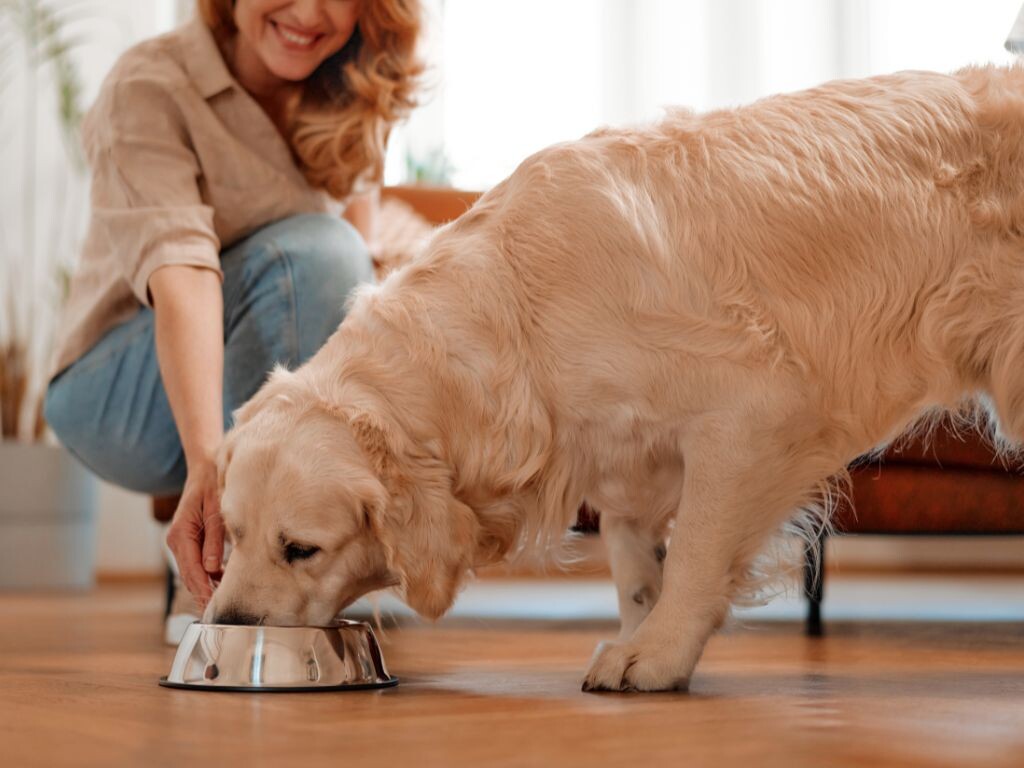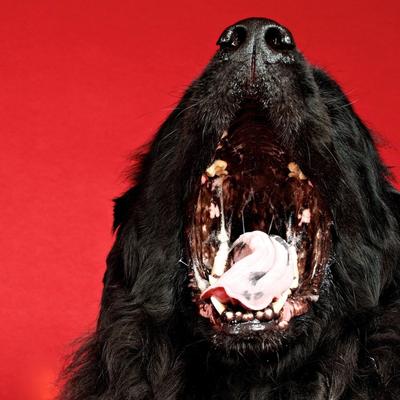
If there is a “trial” that fascinates social networkssocial networks and the dog communities for several years it is indeed that of cereals in the canine diet and in particular in the composition of kibbles and the reports are multiplying on the subject.
The charges are numerous: their presence would cause bloating, gas, diarrheadiarrhea, diabetesdiabetes, obesityobesity, gluten intolerancesgluten intolerances and presence of mycotoxins (toxinstoxins produced by microscopic fungi). In just a few years, the dry dog food market has remarkably adapted to this fear of cereals. Many brands claim to have eliminated cereals from their formulation and their merits touted on social networks. But are the cereals in their diet really harmful for our domestic dogs?
Alleged culprits on trial: cereals!
Behind the notion of cereal lie several notions which are often confusing for the consumer: carbohydratescarbohydratesgluten, mycotoxins…
A cereal is a herbaceous plant grown primarily for the nutritional value of its grains. These are almost exclusively plants from the Poaceae family, more commonly called Gramineae. The best known, and also the most cultivated in the world, are wheat, butbutrice orbarleybarley. A grain of wheat contains on average 70% starch (complex carbohydrate). Gluten, for its part, refers to a set of proteins contained in the seeds of cereals of the Poaceae group.
Charge no. 1: not respecting the dog’s “natural” diet
1er The harm blamed on foods containing cereals is that they do not respect the dog's natural diet. To understand more precisely what the dog's “natural” diet would correspond to, two approaches can be considered: focusing on the prehistoric dog or feral dogs (individuals ofspeciesspecies domesticated animals that have little or no dependence on humans).
The discovery of remains of caninescanines in tombs from different sites in the northeast of the peninsulapeninsula Iberian, dating from the end of the 3rde and the IIe millennium BC in a context of the age of bronzebronze early-middle, was able to demonstrate that the diet of dogs was quite similar to that of humans and contained cereals in some cases.
The diet of feral dogs, for its part, is also mainly based on human waste, with mainly cereals and human stools.
The data therefore comes together: the historical diet of dogs since prehistory is therefore made up of remains of human food (including faecesfaeces) containing in certain cases, cereals and, which is very different from the Epinal image that we have of the “natural” diet of the dog (often represented as hunting, like a wolf in nature).
Charge #2: Forcing dogs to eat starch they cannot digest
Contrary to popular belief, dogs have a little salivary alpha-amylase (a enzymeenzyme which makes it possible to initiate the process of degradation of thestarchstarch) and starch digestion capabilities. When domesticationdomesticationcertain genes playing an essential role for digestiondigestion starch were selected. Over time and the selection associated with the creation of breeds, the number of copies of the embarrassedembarrassed coding for the production of starch-digesting enzymes increased depending on the feeding habits of the breeds. The dog is therefore capable of digesting starch, even if all breeds are not necessarily equal.
Although the dog can survive without “starch”, its presence remains necessary in certain physiological conditions such as gestation and lactation.
Charge #3: Making dogs sick with gluten
The consumption of gluten-derived products can lead to reactions of which 3 categories can be identified: allergic, autoimmune reactions and other reactions.
In dogs, the relationship between gluten and intestinal disease has been studied in the Irish Setter for approximately 20 years, but at present the relationship between gluten and digestive problems in this breed is not clearly established. In the Border Terrier, an association between gluten and paroxysmal dyskinesia (episodic involuntary tremors) has been noted. At present, these are therefore the only two reports of pathologiespathologies which could be associated with the presence of gluten.
In this context, an elimination diet could be considered to test the dog's sensitivity.
Study suggests dogs could be vegan
Charge No. 4: poisoning dogs with mycotoxins
Mycotoxins are toxins produced by microscopic fungi during plant growth, storage, transport and even transformation. The latter can be present in the different organs of the plant including grains, fruits but also tuberstubers.
The most common in animal feed is alfatoxin B1, present in particular in wheat grains. In humans and animals, mycotoxins can cause various health problems (toxicitytoxicity for the liverliverTHE kidneyskidneys…). However, control methods are put in place at harvest and the food industry also uses detoxification methods. In general, mold does not grow on properly dried and stored foods, so effective drying and maintaining a dehydrated state or proper storage are effective measures against mold and mycotoxin production.
The total aflatoxin level would generally be higher for so-called “economic” dog foods compared to those of the “premium” class. This difference can partly be explained, among other things, by the use of lower-cost products with less controlled storage conditions.
The source of nutrientsnutrients of animal origin is also a factor to take into consideration, with variations in rates depending on the source of the proteinsproteins animals.
Are grain-free foods healthier?
Grain-free foods are not always starchy, but protein crops have lower levels of carbohydrates than cereals. This is why they are of interest to the animal feed industry. These protein-rich plants are plants belonging to the Fabaceae group, such as peas, faba beans, lenslens or the bean.
Protein seeds contain a high level of protein of around 20 to 35%. Pea seeds, for example, contain 21% protein but also 45% starch.
The starch in low-carb dog foods is often replaced with materialsmaterials fatty. This may not be appropriate for the animal's situation, particularly in the event of overweightoverweightobesity orrenal failurerenal failure. Furthermore, a grain-free food is not necessarily less rich in carbohydrates when the compositions are compared.
Finally, recent studies have reported cases of heart disease (cardiomyopathycardiomyopathy dilated) in dogs consuming grain-free foods rich in legumeslegumes, and this without this being linked to breeds at risk of this pathology. If currently, the association between grain-free foods and dilated cardiomyopathy is not yet clear, caution is required, particularly for pea-based foods as suggested by a very recent study.
Verdict: Cereal is innocent
The accusations concerning cereals are not as obvious as they seem: dogs have consumed cereals since their domestication, they have perfectly developed the enzymes to digest starch, gluten is only a problem for a few individuals of breeds not widespread and mycotoxins are found in all foods but their quantity is highly regulated at the time of grain harvest and by the industry.
Finally, choosing a grain-free food for healthy dogs without any particular medical situation is not currently scientifically justified. The accused is therefore declared: innocent!




